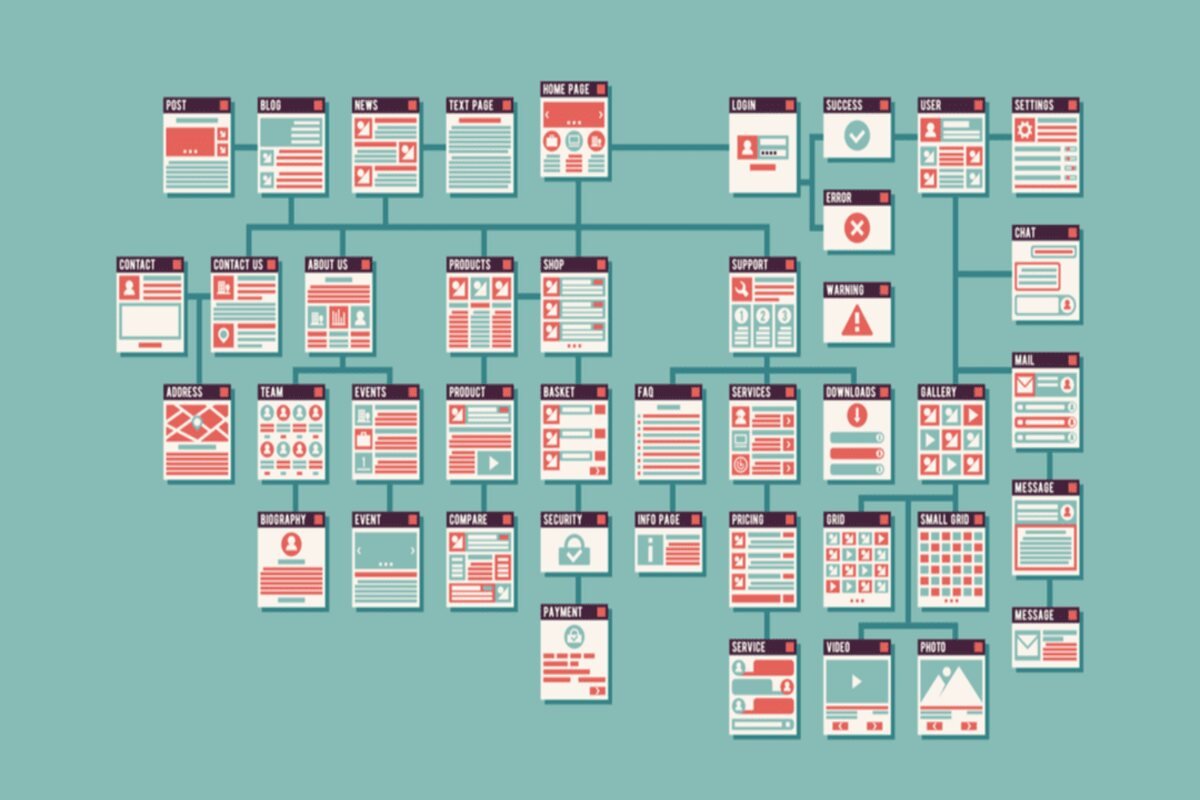
In the ever-evolving landscape of search engine optimisation (SEO), XML sitemaps play a crucial role in helping search engines understand the structure and content of your website. A well-optimised XML sitemap can significantly improve your site’s visibility and ranking on search engine result pages (SERPs). However, there are common mistakes that many website owners make when creating and managing their XML sitemaps. In this blog post, we’ll explore these XML sitemap optimisation mistakes and provide insights on how to avoid them for better SEO.
Incomplete or Outdated Content:
One of the most common mistakes is having an XML sitemap that includes outdated or incomplete content. Regularly update your sitemap to ensure it accurately reflects the current state of your website. Remove pages that no longer exist and add new pages promptly. Search engines rely on your sitemap to discover and index content, so keeping it up-to-date is essential.
Ignoring Image and Video URLs:
Many website owners focus solely on including text-based content in their XML sitemaps, neglecting image and video URLs. Including multimedia content in your sitemap can enhance your site’s visibility in image and video search results. Make sure to include relevant multimedia URLs with proper tags and descriptions in your XML sitemap for comprehensive search engine coverage.
Unoptimised Priority and Frequency Tags:
While priority and frequency tags are optional in XML sitemaps, some webmasters misuse them, setting incorrect values that may misguide search engines. Assigning high priority to every page or setting unrealistic update frequencies can lead to confusion. Instead, use these tags judiciously and base them on the actual importance and update frequency of your content.
Excessive Use of Noindex or Disallow:
Blocking pages with the “noindex” meta tag or disallowing them in the robots.txt file can lead to exclusion from search engine results. When creating your XML sitemap, ensure that you are not inadvertently blocking essential pages. Regularly review and update your robots.txt file to avoid accidental exclusion of critical content.
Uncompressed Sitemap Files:
Large sitemap files can slow down the crawling process for search engines. Compressing your XML sitemap can help reduce file size, making it quicker for search engine bots to parse and index. Use gsip compression to optimise your sitemap and improve the efficiency of the crawling process.
Ignoring Mobile Versions:
With the increasing use of mobile devices, it’s crucial to ensure that your XML sitemap includes URLs for both desktop and mobile versions of your site. Google primarily indexes mobile content for mobile search results, so overlooking mobile URLs in your sitemap can negatively impact your SEO performance.
Conclusion:
Avoiding these common XML sitemap optimisation mistakes can significantly contribute to the overall success of your SEO strategy. Regularly audit and update your XML sitemap to reflect changes on your website, and ensure it includes all relevant content types. By optimising your XML sitemap, you provide search engines with the necessary information to crawl and index your site effectively, ultimately improving your site’s visibility and ranking on SERPs.


